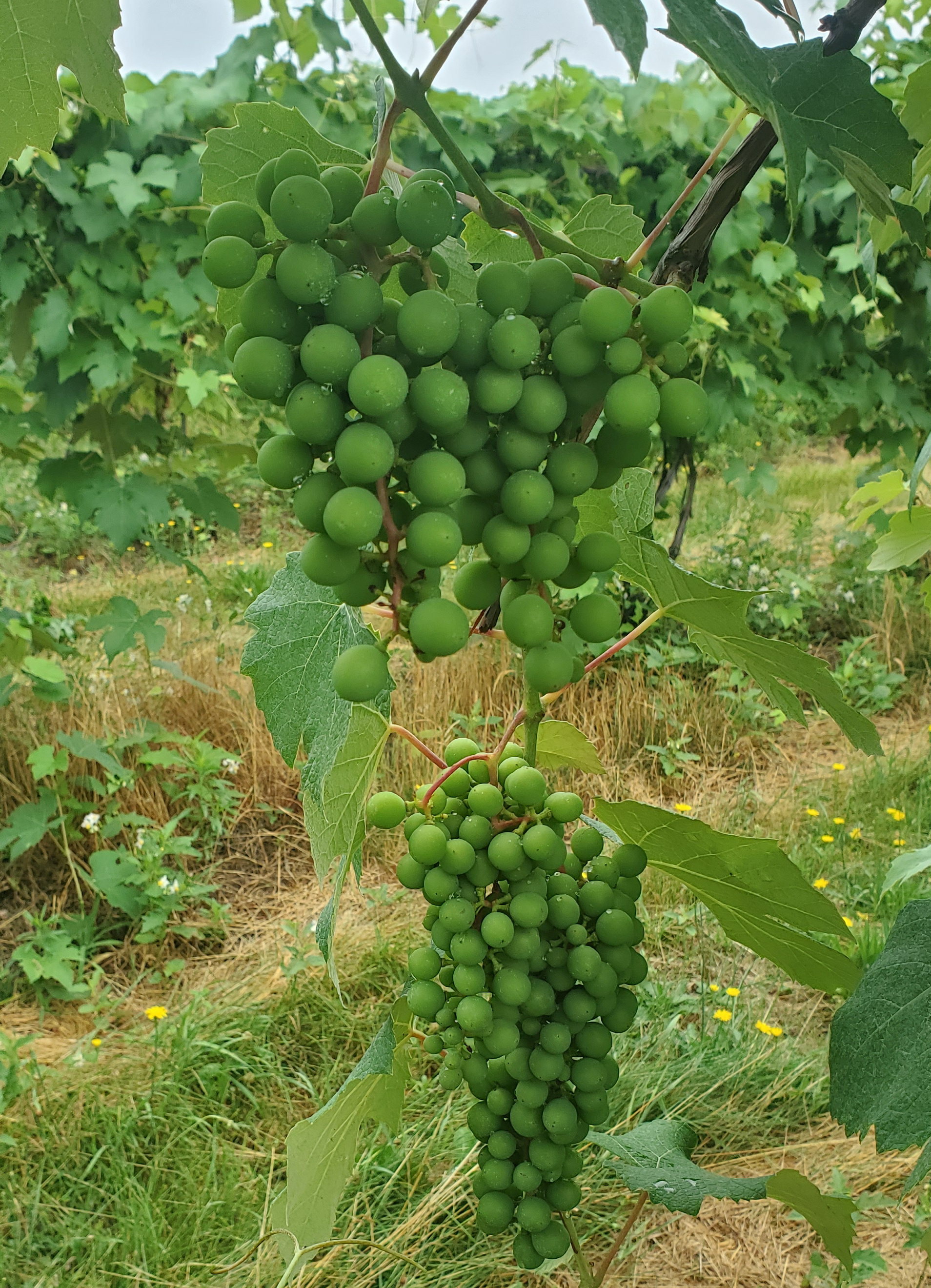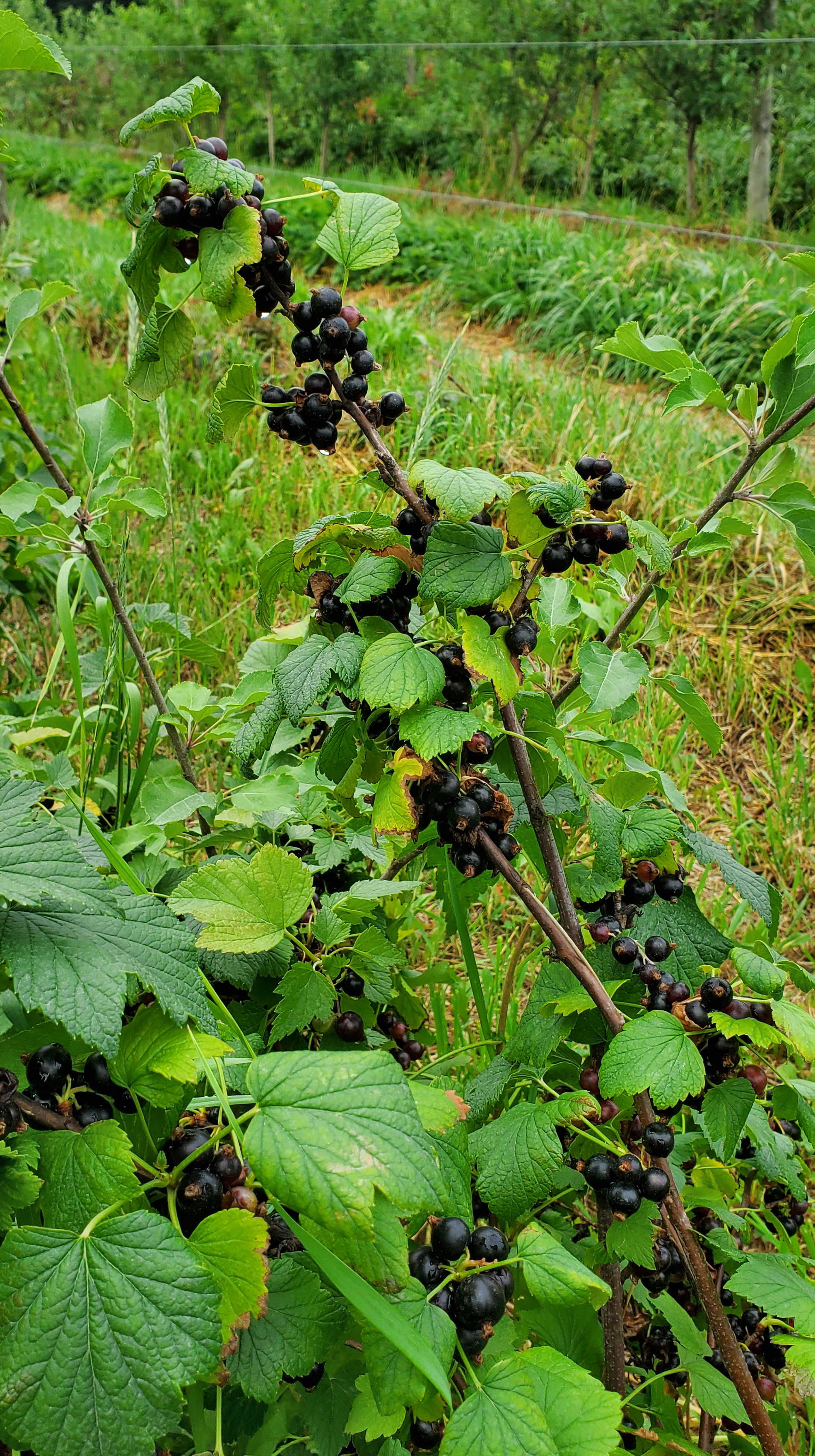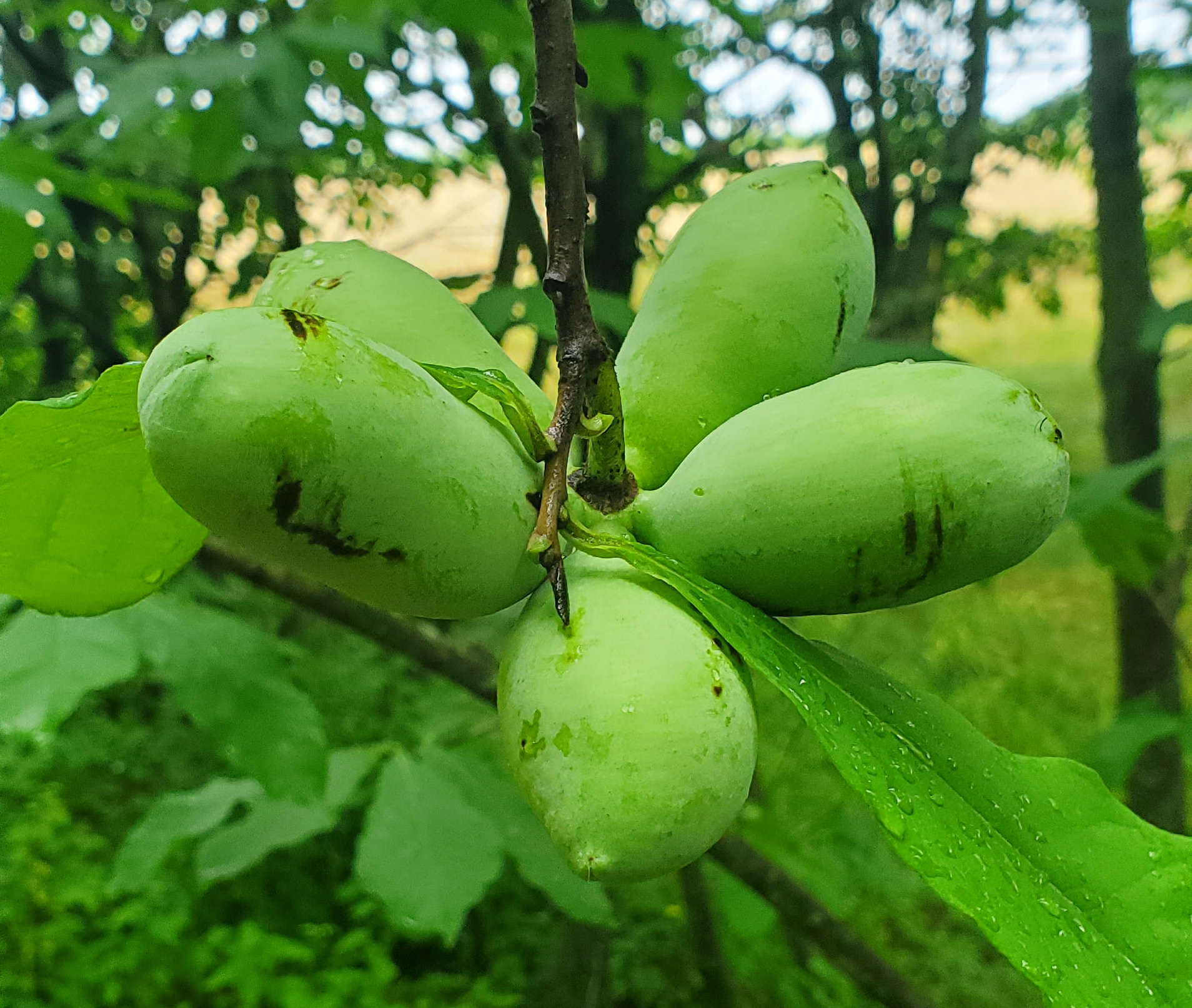Southwest Michigan fruit update – July 5, 2022
Soils are dry. Crops are showing some stress. Harvests of several stone fruits are starting.

Weather
Last week was dry. No rain was recorded in most areas until last night. Temperatures were warm, but not hot. Most days were in the mid-80s for high temperatures.
This week will see more rain. Predictions have rain and humid weather through the week, clearing for the weekend. Every day should see highs in the mid-80s, lows in the mid-60s. This is a good forecast for disease development.
Soils are dry. Drought conditions are being seen just southwest of us in Illinois and Indiana. This week’s rains should help, but we are not expecting enough rain to reverse the dry trend.
With the warm week, we picked up a little more than average number of degree days, 209 growing degree days (GDD) base 42, 154 GDD base 50.
|
Southwest Michigan GDD summary from March 1 through July 4, 2022 |
|||
|
Station |
GDD 42 F |
GDD 45 F |
GDD 50 F |
|
Benton Harbor (SWMREC) |
1847 |
1584 |
1186 |
|
Lawton (Lawton) |
1844 |
1582 |
1188 |
|
Fennville (TNRC) |
1693 |
1438 |
1054 |
|
Average for the SW region |
1816 |
1555 |
1164 |
|
Average last week |
1607 |
1367 |
1010 |
Tree fruit
With the sunny weather and high evapotranspiration rates this past week, trees in drought prone areas may start showing stress as the soils continue to dry out. Light colored foliage due to nitrogen deficiency is becoming noticeable as plant reserves are being used up. Leaf browning and edge curling drought damage is noticeable in young high-density blocks on sandy sites with inadequate irrigation.
San Jose scale male trap counts have increased over the past three weeks indicating that crawlers are probably present. Codling moth, oriental fruit moth, and obliquebanded leafroller are all being caught in traps. Codling moth second generation flight should be beginning in many areas of our region. Second generation oriental fruit moth is past peak egg laying. Obliquebanded leafroller flight is still strong but should be coming to an end soon.
Peach and nectarine early season harvest continues with Desiree and Harrow Diamond in central Berrien County. Estimated harvest date for Redhaven for Berrien County is Aug. 1, but the hot temperatures will likely push harvest a few days earlier. Larvae from the second generation flight of oriental fruit moth are showing up in fruit. Peach branch tips are showing distorted growth from earlier oriental fruit moth larvae damage. Both lesser and greater peach tree borer adults are flying. There are trunk spray chemical options beyond chlorpyrifos, but read labels carefully when choosing.
In cherries, sweet cherry harvest is close to done. Montmorency tart cherry harvest has begun. Cherry fruit fly adult catches have begun in the Trevor Nichols Research Center trap line. Spotted wing drosophila catch numbers are still low. They generally start increasing in July. The humid and rainy forecast for this week is good weather for SWD development. For blocks that are not being harvested soon, SWD management should be considered. Scaffold decline due to Verticillium wilt is showing up in tart cherry blocks
In plums, early Japanese plums are now being picked. Black knot management on susceptible cultivars can be relaxed if terminal growth is generally halted.
Apple fruit in many southwest region orchards are continuing to show some sunburn due to the 95+ degree temperatures over the past two weeks. Varieties most affected include Honeycrisp, Red Delicious, and Zestar, Summer NAA treatment now helps to suppress biannual bearing. Hot weather and some hail a few weeks ago has increased fire blight symptoms. Obliquebanded leafroller flight is finishing. Second generation codling moth flight should be starting now. Woolly apple aphid colonies are becoming easier to find.

Small fruit
Grapes: Many vinifera wine grape cultivars are at buckshot berry. Most hybrid wine grape varieties are at pea size berry, near berry touch. Juice grapes are near berry touch as well. Brianna is at bunch closure. Disease management of phomopsis, black rot, downy and powdery mildews are the primary focus currently. Grape berry moth flight has been winding down ahead of the next biofix. The 810 GDD biofix used for grape berry moth insecticide timing was around July 2 for most growers in the region. The 910 GDD timing for traditional insecticide applications is expected on July 6. See this article for more information on grape berry moth biofix. In wine grapes, materials to control botrytis should be included in the sprays. Downy mildew and phomopsis damage is being seen.

Blueberry: harvest has begun in Berrien County and early varieties are being harvested in Van Buren County. Fruit set looks good in many locations. Disease focus should be on early fruit rot management. Weed control sprays are continuing. With the dry soils, irrigation should be considered. Early fruit size is generally good, but continued water helps keep the berry sizes high for subsequent pickings.
Strawberry harvest is finished. It is time to renovate if you have not already.
Bramble harvest is expanding in Berrien County. Maintain fungicide programs to protect from fruit rots and monitor for spotted wing drosophila so you can stay ahead of the expected population increase coming soon.
Cranberries bloom is ending.
Currants and gooseberries: champagne and red currant harvest is underway. Black currants are coloring up as well.

Hops Flowering is underway. Some blocks that were trained early are beginning to set flowers ahead of schedule. Downy mildew continues to be a problem in susceptible varieties, even with the drier weather.
Chestnuts bloom is ending. Developing burrs are beginning to be seen.
Paw paw fruit are about an inch long and beginning to expand.

Upcoming meetings
The Southwest Michigan Viticulture Field Day will return to the Southwest Michigan Research and Extension Center for 2022. As tradition holds, the event will be the last Wednesday of July (July 27, 2022) and will include presentations of ongoing research in southwest Michigan. The event will once again conclude with a steak dinner and local wine tasting. Registration for the Viticulture Field Day is online through the Michigan Grape Society’s website.
Related articles
- 2022 Fruit insecticide registration update
- Southwest Michigan fruit update – June 28, 2022
- Michigan grape scouting report – June 29, 2022
- Southwest Michigan fruit update – 2021 review
- Managing bacterial canker in sweet cherries: What are the options?
This work is supported by the Crop Protection and Pest Management Program [grant no 2021-70006-35450] from the USDA National Institute of Food and Agriculture.



 Print
Print Email
Email
